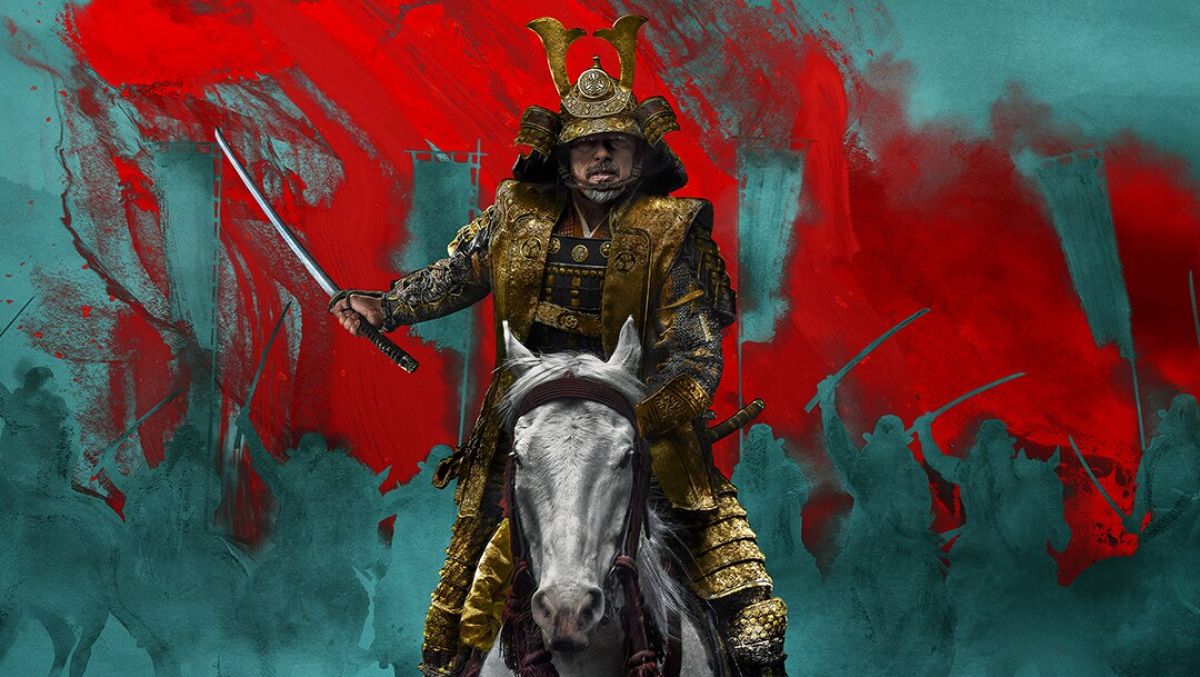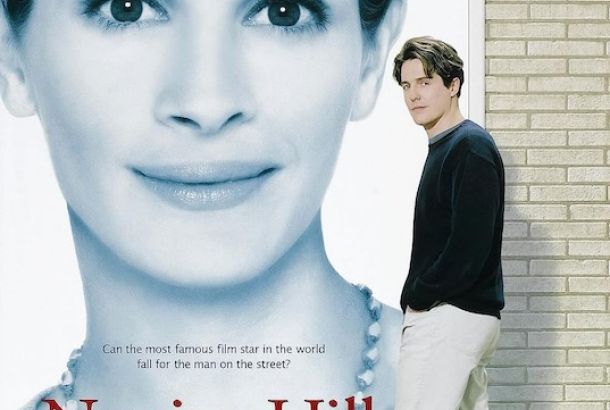Shōgun episode 1 review: Culture clash
By Sid Johnson

I went into Shōgun (from Rachel Kondo and Justin Marks) with high expectations: there have been reviews heralding this as the heir to Game of Thrones (itself faint praise, if you consider how that show ended), a mesmerising historical epic, or even a genuine masterpiece. The first episode certainly isn’t any of those. Before getting into what it is, I will set the scene.
The year is 1600 and the place is Japan, a rigidly feudal society without its supreme ruler (the taiko, in this case – this, like now, being an era where the actual emperor was little more than a well-dressed bauble). He died a year prior, leaving an heir far too young to rule. Before his demise, the taiko appointed five powerful daimyo (warrior lords) to share power until his son came of age. As in Kurosawa’s Ran (1985), an old man’s hopes of peaceful collaboration prove overly optimistic, and we are quickly introduced to a major power struggle between these five daimyo.
Through this war (of words, for now) we mainly follow the perspective of Lord Toranaga (Hiroyuki Sanada), along with other members of his household. Toranaga is an elder statesman and war hero, whose bloodline and general popularity puts him at particular odds with the other four daimyo. Much is made of rigour and ritual, of sumptuous dress and notions of ‘honour’. It’s nothing groundbreaking, and in the first episode some of this – especially a hammy seppuku subplot – feels played out. However, the result remains moderately compelling, and it only becomes more so as the show goes on and we get a better sense of the dynamics (power, gender, whatever you like).
In its first episode, Shōgun switches between Toranaga’s perspective and that of John Blackthorne (Cosmo Jarvis), an English navigator whom we meet aboard a scurvy-ridden Dutch trading ship, lost at sea, doubting whether the rumoured island nation of Japan truly exists. In this chilling opening, his captain commits suicide (with a pistol rather than a sword), leaving John as first-in-command.
Of course, he and his remaining crew do wash ashore, though they’re quickly taken prisoner by Yabushige (Tadanobu Asano), one of Toranaga’s underlings, a schemer with unusual ideas about death and underdeveloped (or just pointless) sexual fetishes. People are beheaded or boiled, and it’s no big deal, at least not to him.
It doesn’t feel gratuitous, but cutting from that or serious political drama to Blackthorne’s culture-shock capering confuses the tone of the episode. Still, I did have fun with the man’s sheer braggadocio, his rattling off piss-and-shit-based curses in a voice like Brian Blessed crossed with a hitherto unknown Shelby brother, all whilst his captors piss on him or douse him with fish guts. ‘Savages!’ he cries. Of course, they’re saying the same about him.
But Blackthorne doesn’t speak Japanese, and so his interactions with the locals, at least initially, are mainly in the form of grunts or wild gesturing, or else they are mediated by a Papist Portuguese priest. Blackthorne is Protestant, virulently so, as he shows by stomping on the priest’s cross, which seems to impress Yabushige. It doesn’t quite have the impact of Silence (2016) in that regard, but this sense of religious strife feels increasingly relevant as the pernicious influence of the Catholic Church in Japanese affairs becomes apparent.
Thankfully, the Japanese cast actually do get to speak their language, which does help a lot with believability (see 47 Ronin (2013)) for an example of the polar opposite). On the other hand, English is often substituted for Portuguese, which can be confusing, but is a concession to popular appeal which I can stomach.
By the end of the first episode, both Blackthorne’s and Toranaga’s narratives have converged, which is not so much a spoiler as the inevitable direction of travel. In my view, this is where Shōgun really picks up steam. The mist lifts and its qualities become clearer.
That’s not to say the first episode is bad, just that it demands a lot of attention, if only for the sheer amount of information it churns out, as well as the regular shifts in perspective, which can be dislocating. I also struggled to get over the bizarre fish-eye lens that is often used, which sometimes made it feel as though I was stuck watching an extended ’90s hip-hop music video. This, along with the chromatic aberration, which gives the picture a displeasing fuzziness at its edges, makes Shōgun look cheaper than it is – and it is clearly expensive, even if the CGI and greenscreen do occasionally fail the eye test.
Ultimately, however, there is more than enough in Shōgun’s first episode to make it worthy of recommendation. It’s not masterful, but it is solid entertainment, and if you can get past the issues that do exist, the only way is up (at least to episode 5, which is the most recent release).
3/5
Shōgun is available to stream on Disney+







